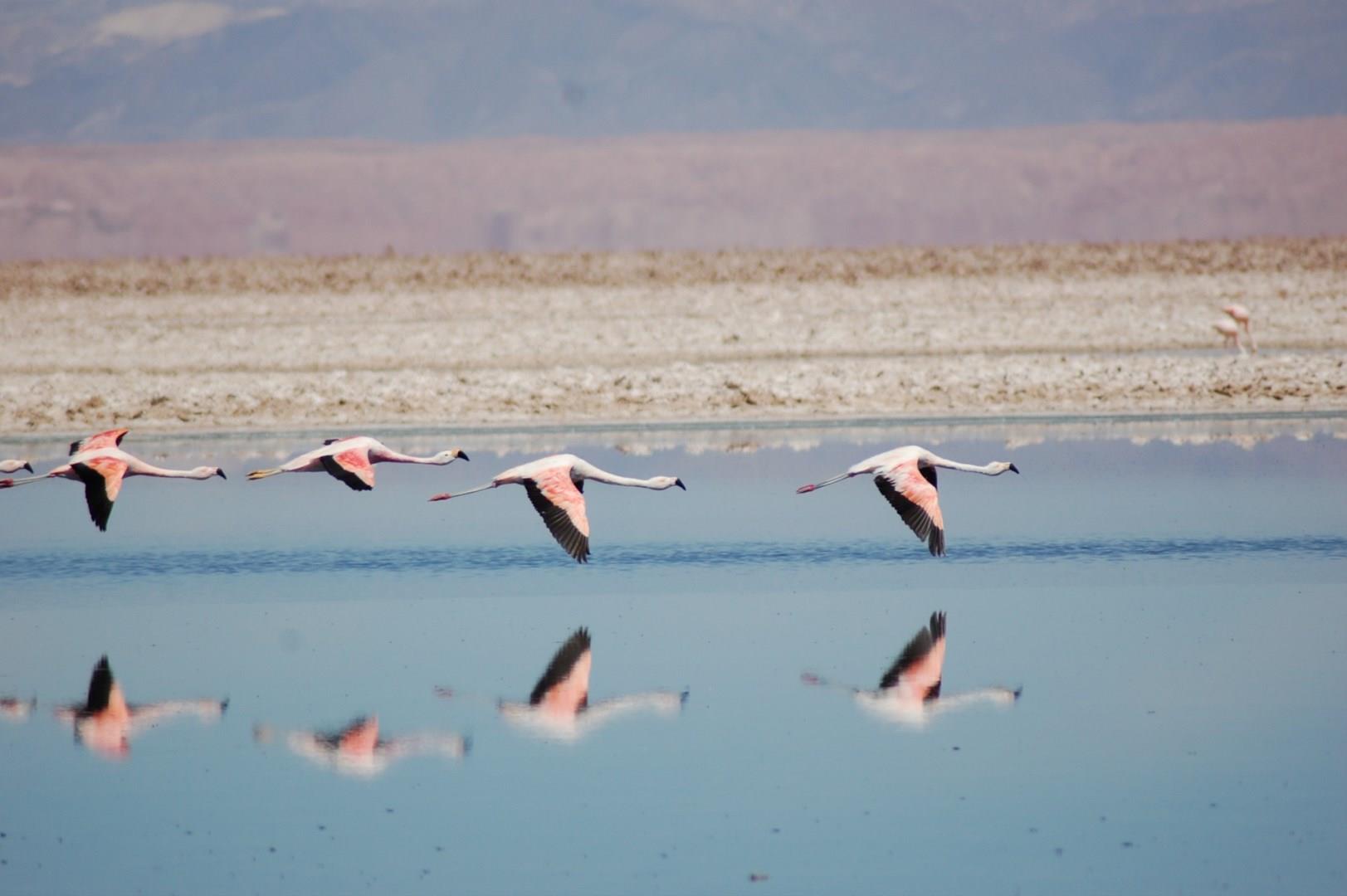Atacama Desert















The Atacama Desert in Chile, the driest non-polar desert on Earth, is a place of extraordinary beauty and otherworldly landscapes. Stretching over 600 miles along the Pacific coast, the Atacama's stark, lunar-like terrain is punctuated by salt flats, active geysers, and rugged canyons. One of the most striking sights is the Valle de la Luna, or Valley of the Moon, where wind-sculpted sand dunes and jagged rock formations create a surreal environment that appears as if it's straight from another planet. Visitors often flock here at sunset to witness the breathtaking spectacle of colors that transform the landscape as the sun dips below the horizon.
San Pedro de Atacama, a charming adobe town, serves as the gateway to exploring this arid wonderland. Its laid-back vibe, coupled with a wealth of local history and culture, makes it a perfect base for adventure. From San Pedro, you can venture out to see the El Tatio Geysers, one of the world’s largest geyser fields. Arriving at dawn, you'll experience a steaming, bubbling display against the cold morning air—a sight that is both eerie and mesmerizing. The town itself is also rich in archaeological treasures, with the Gustavo Le Paige Archaeological Museum showcasing artifacts that tell the story of ancient Atacameño culture.
For those fascinated by astronomy, the Atacama Desert offers some of the clearest night skies on the planet, drawing astronomers and stargazers alike. The ALMA Observatory, one of the most advanced astronomical observatories in the world, is located here, capitalizing on the desert's high altitude and minimal light pollution. Tours and stargazing sessions allow visitors to gaze deep into the cosmos, observing planets, distant galaxies, and the shimmering Milky Way in unparalleled detail.
Fun fact: The Atacama Desert is so similar to Mars that NASA uses it as a testing ground for its Mars rovers. The combination of hyper-arid conditions, unique soil compositions, and extreme temperatures makes it an ideal location to simulate the Martian environment. This gives visitors a sense of exploring the unknown, where the mysteries of Earth and space come alive in one of the most remote and untouched places on the planet.